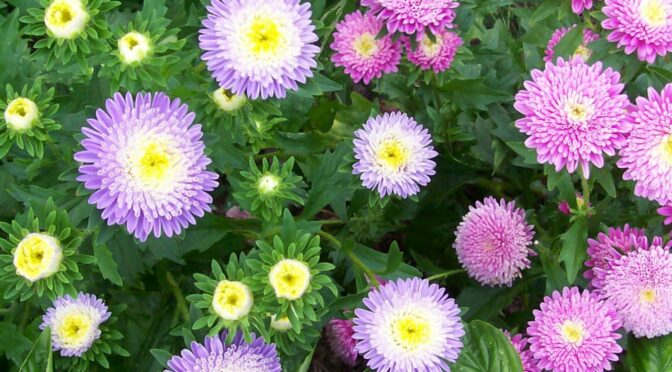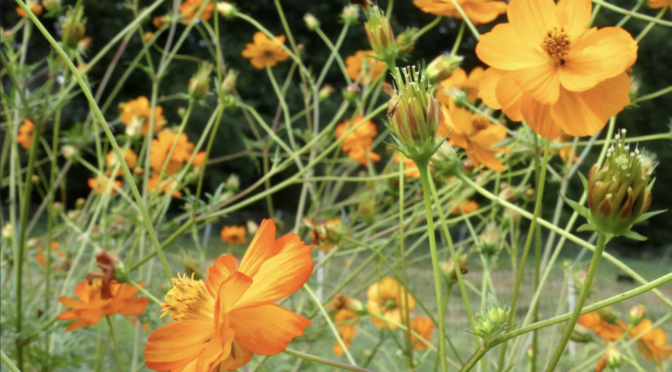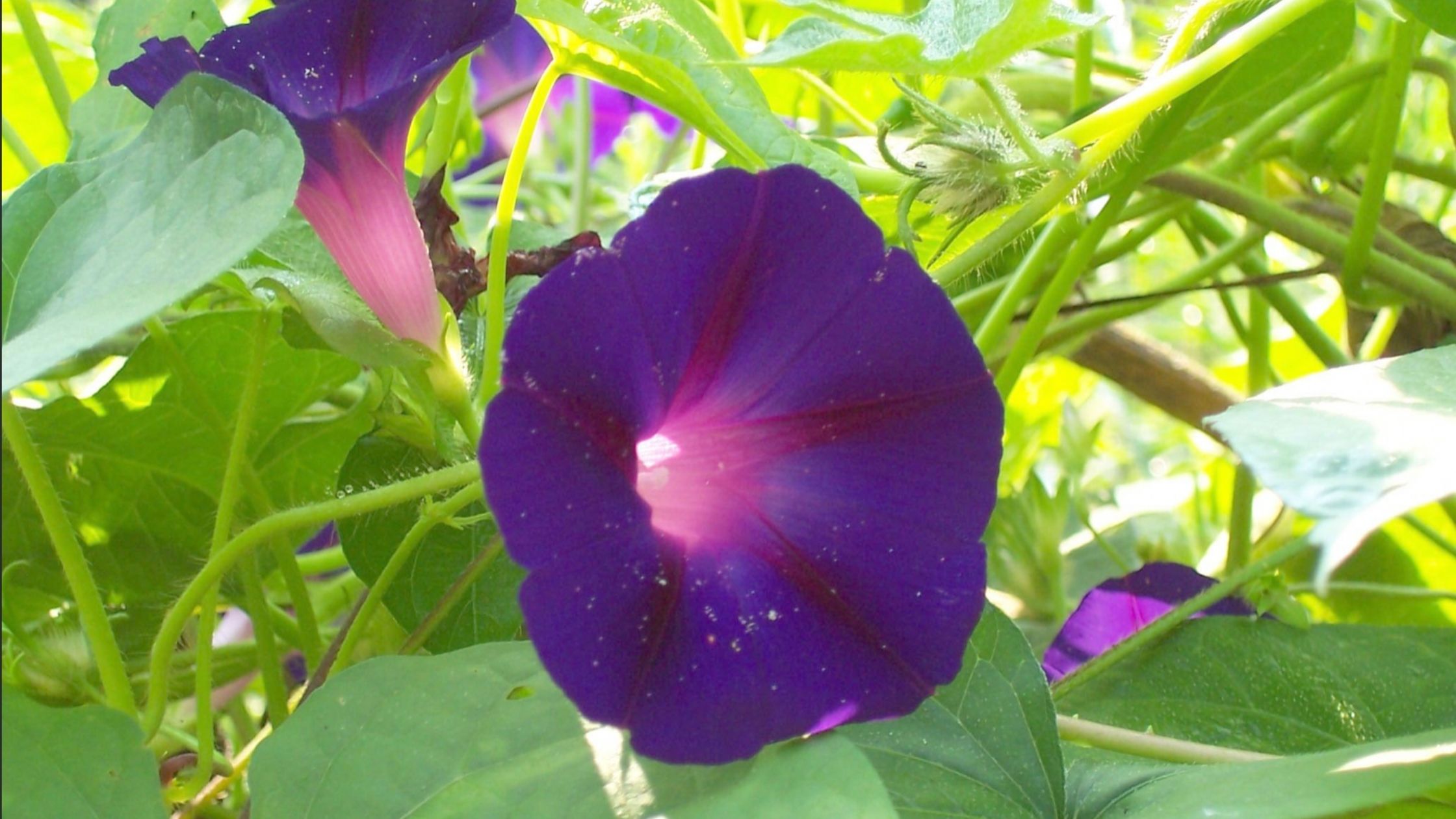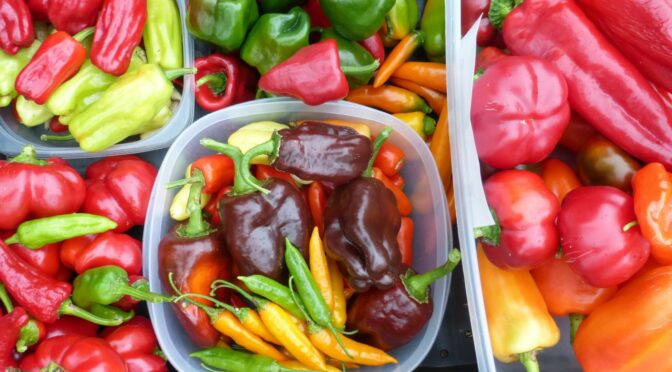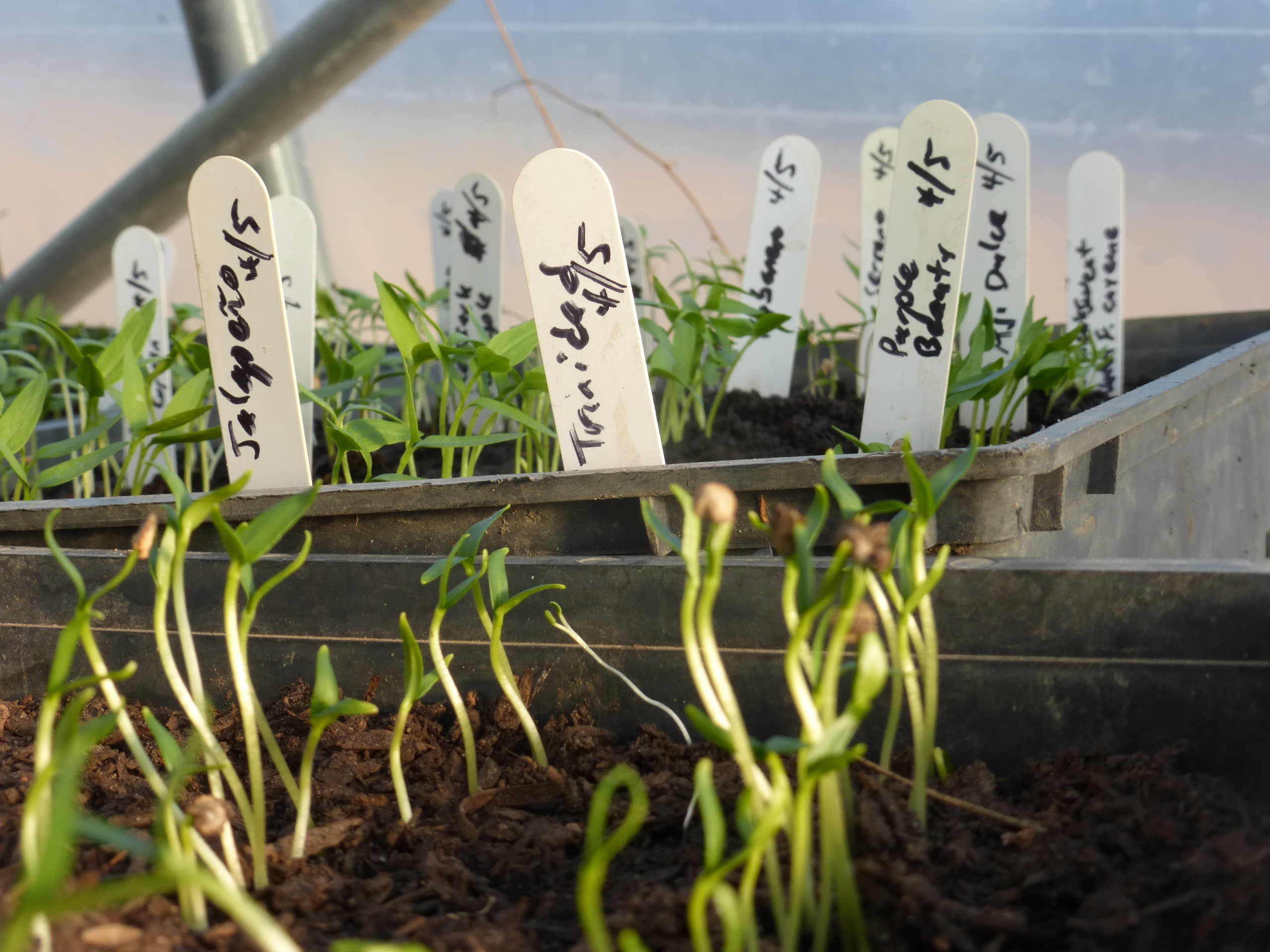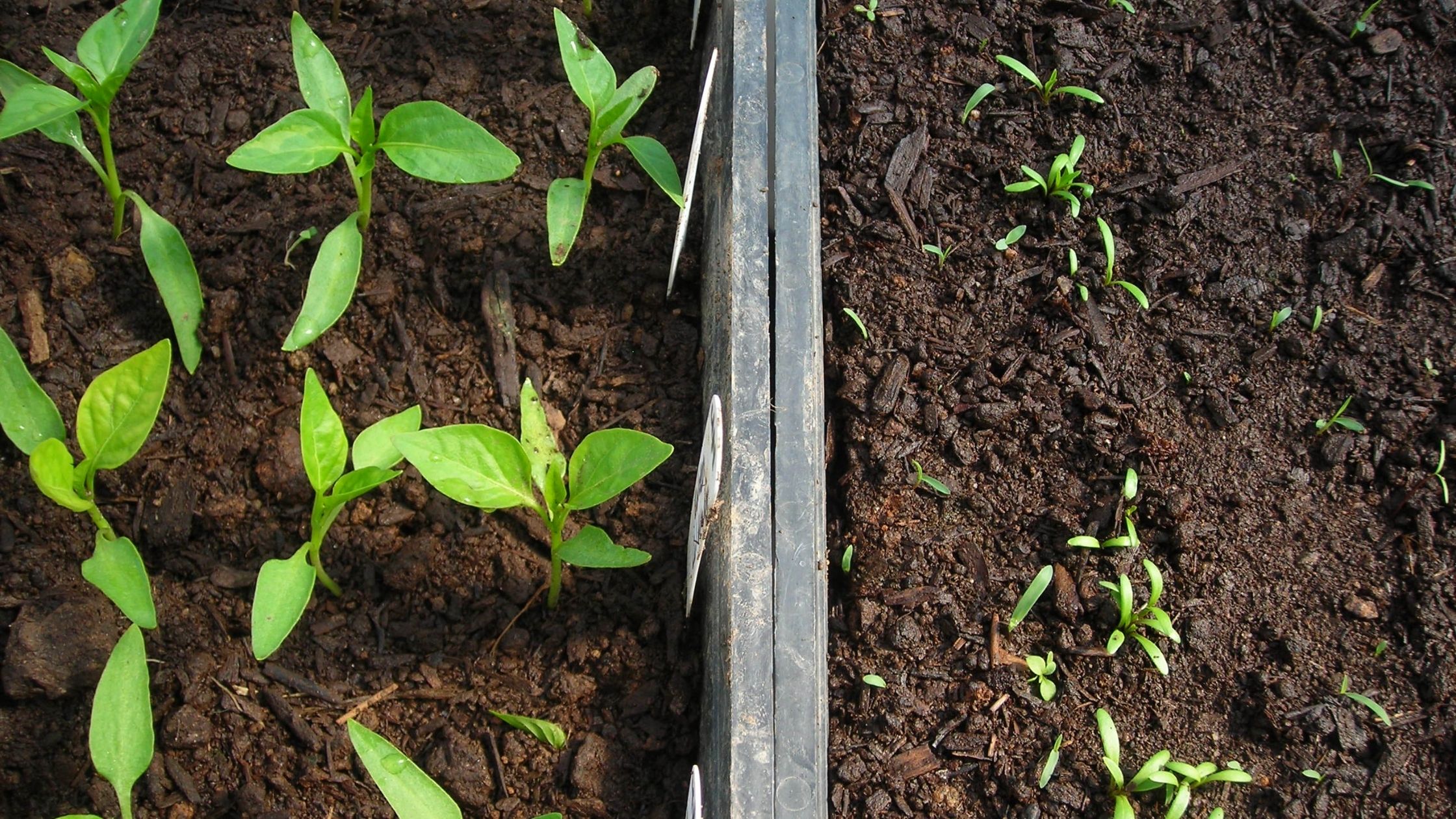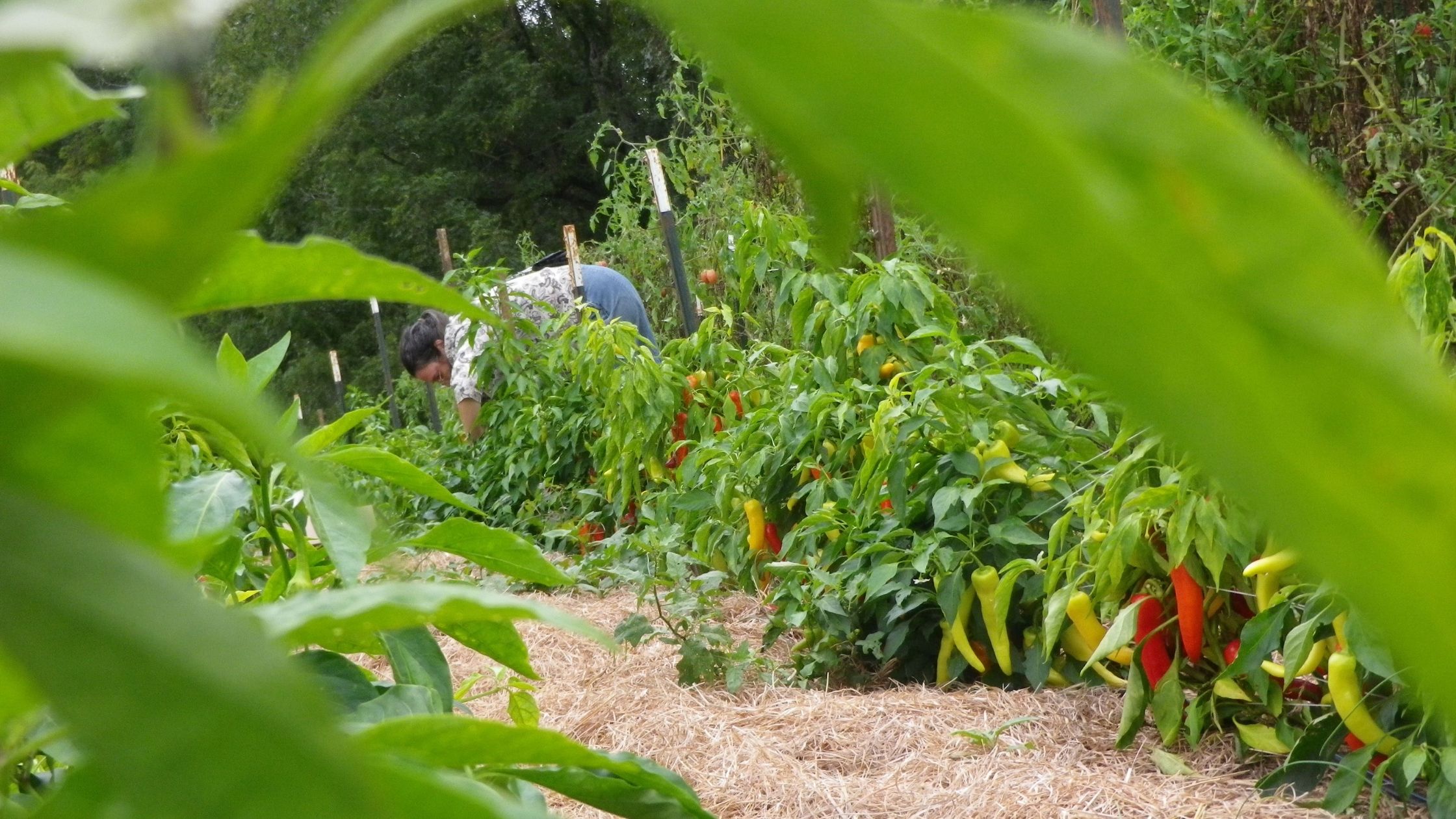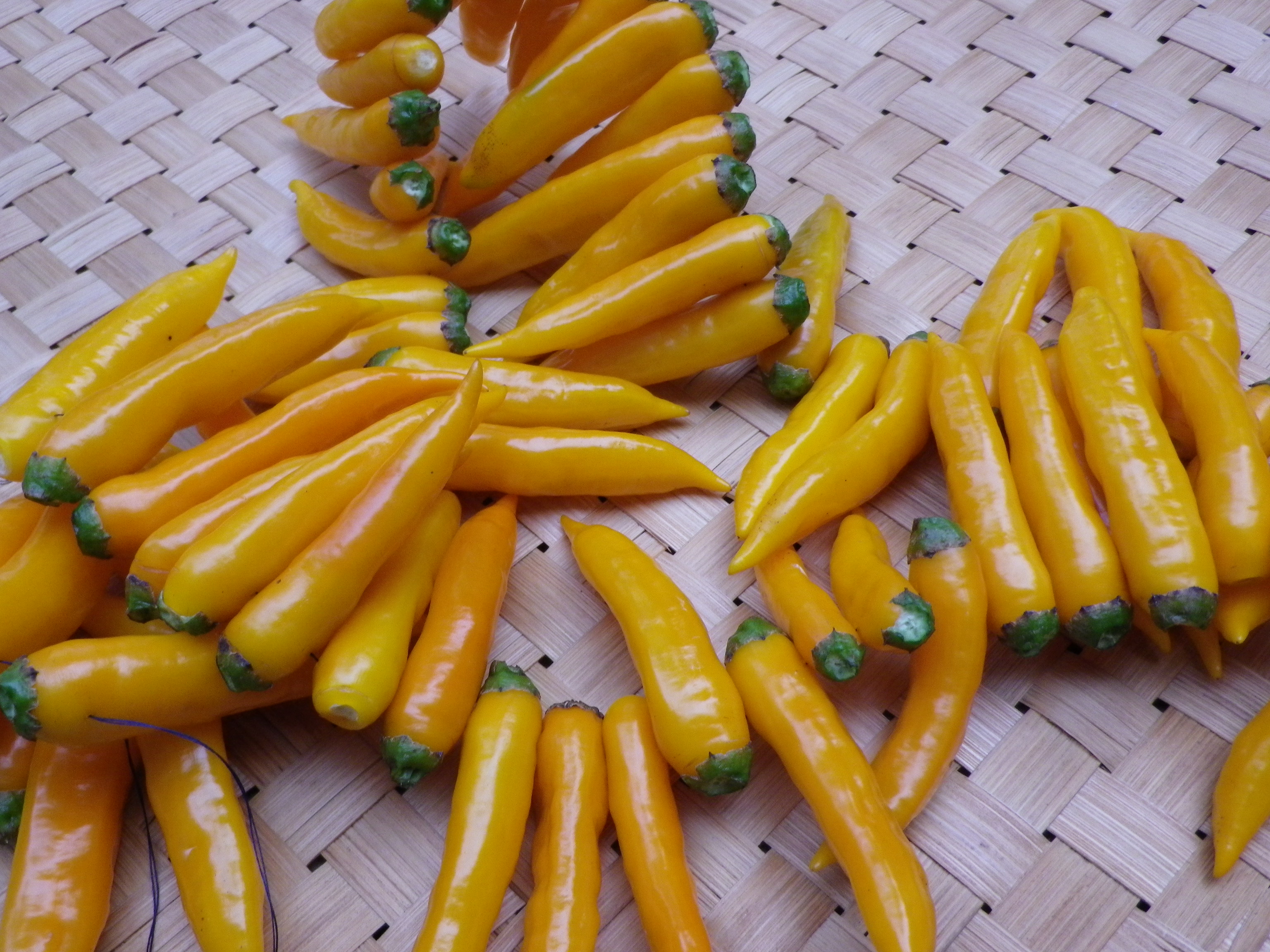We all want to keep our flowers looking healthy and blooming for as long as possible. One way you can do this is by deadheading. What is deadheading? What flowers should be deadheaded? How do I deadhead flowers? We’ll answer all these questions to help you keep your flower garden thriving this season.
Should I Deadhead All of My Flowers?
First, deadheading flowers is ultimately a personal choice. You can make gardening work for you. If you’re busy with summer family events, work, or other commitments, the world won’t end because you don’t deadhead your peonies.
However, deadheading indeed encourages some flowers to bloom for more extended periods. When you remove spent flowers, it enables the plant to more energy into producing more flowers rather than producing seed.
Many people also find it keeps their flower beds looking tidy. Below are some of the flowers you can deadhead but a quick google search should give you an answer for any species.
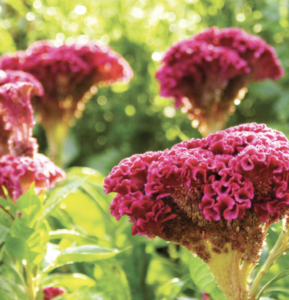 Annual Flowers to Deadhead
Annual Flowers to Deadhead
- Zinnias
- Cosmos
- Coreopsis
- Calendula
- Celosia
- Violas
- Morning Glories
- Petunias
Perennial Flowers to Deadhead
- Daylilies
- Peonies
- Roses
- Irises
- Echinacea
There are also reasons not to deadhead flowers. These reasons center around the fact that spent flowerheads develop into seed pods.
When you remove a spent flower, you’re not allowing the plant to produce seed. In many cases, this is a fine thing. However, it is nice to let some flowers go to seed.
You may want some of your flowers to self-seed. Hollyhocks, for example, are biennial, meaning that they bloom the second year. Allowing your plants to go to seed each year ensures that you’ll have a steady supply of blooming flowers in the coming years. Other species that will readily self-seed include rudbeckia, coreopsis, and echinacea. Allowing them to go to seed means you’ll have more flowers next year with little effort.
If desired, you can also share some of these seeds. Swap seeds with friends or find an online or local seed swap. You can help preserve biodiversity and get some new flowers or vegetables to try in return!
Seed pods also bring beauty of their own. Seeds pods from poppies, Job’s Tears, and Jewel of Opar look lovely in the garden and dried arrangements.
Another reason to leave those spent flowers to produce seed is wildlife. Songbirds love to feed on seeds from various flowers, including zinnias, echinacea, asters, and coreopsis. Leaving these flowerheads alone, especially as we head into fall, can be a great way to give birds a helping hand.
How to Deadhead Flowers
Decided to deadhead some of your flowers? Deadheading flowers is simple and easy. Thankfully, it’s a much easier task than weeding! You can easily deadhead some flowers like petunias with just your fingers, but for tougher, larger flowers like roses, you’ll want a small pair of snips or shears.
Pinch or cut off any spent flowers below the flower and above the first set of healthy leaves. Flowers with long stems can be cut just above the first set of healthy leaves. For tough stems you’re cutting with shears, snip them at a 45° angle to encourage proper healing. While you’re doing this, it’s also an excellent time to remove any dead, diseased, or damaged foliage.
Avoid deadheading perennial shrubs and trees in the late summer and fall. Trimming them late in the season can accidentally trim new growth, which is where many species flower the following season.
Do you deadhead your flowers? Let us know why or why not on Facebook! Keep your flower gardening looking great this season with these deadheading tips.

